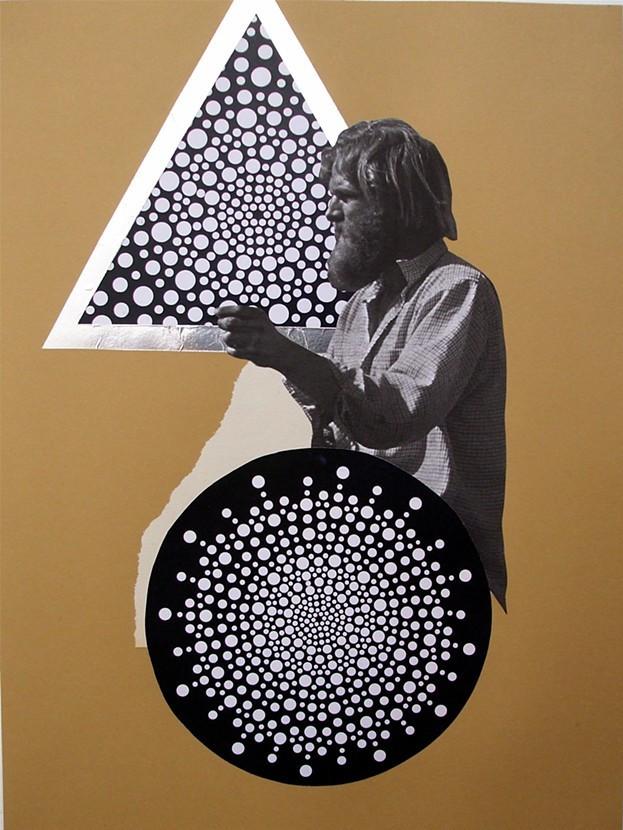Collection:
Matthew Watts Artist Biography and Art Gallery Collection
Matthew Watts is a British born 1964 creates pieces brimming with color and humor that are sure to bring a smile to anyone's face.A sense of place and also dis-placement is conveyed in these paintings. Having emigrated from the UK to Australia in 2001, Matthew has felt drawn to consider how we relate to our environment. In a universal sense Matthew Watts explores the very real issues of where we have come from and where we are heading then zooms in on particular everyday occurrences presenting them as if on the cusp of reality. Another strand of Matthew's art is his portrayal of characters ranging from the everyday to the theatrical. Some help to set a scene whilst others take center stage with their presence. The allegorical content to be found in these stimulating and quizzical paintings of Matthew Watts is balanced by the artist's detailed yet playful approach to his subjects.
In the paintings of Matthew Watts, specific aspects of an immediate (natural) environment and certain architectonic qualities allude to external world observations. It is, however, reasonable to observe that they equally stem from an inward-looking approach, in turn both self-reflexive and preoccupied with the mapping out of internal spaces. Dominant forms are hemmed in and spatial hierarchies are constantly questioned. There is a sense of the occult (in the true meaning of the word). A 'knowledge of the hidden', where-in portals, paths and angles lead to somewhere unknown. In light of this these are, overall, very much studio-based paintings. Modernist flavors transmit throughout the work, with nods to cubist and Russian constructivist theories. Formal contrasts, aspects of figuration and abstract painterly concerns (all) sit uneasily together and share a certain discourse. However, between these 'poles' a conscious act of blurring takes place. For example, the curve and angle of a line might pre-figure tree forms and their unbridled and free form growth patterns. Or perhaps an area of dappled brushwork may translate into the bend of a river. These paintings are intentionally humble in scale
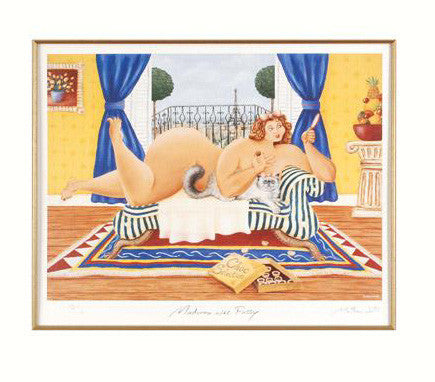
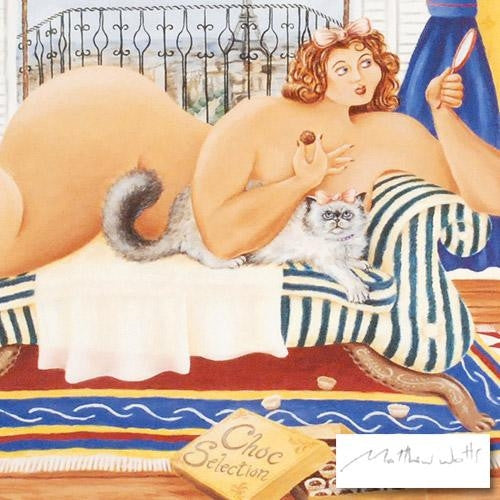 Vendor:Madonna avec Pussy - Limited Edition Lithograph on Paper by Matthew WattsArt Deals
Vendor:Madonna avec Pussy - Limited Edition Lithograph on Paper by Matthew WattsArt Deals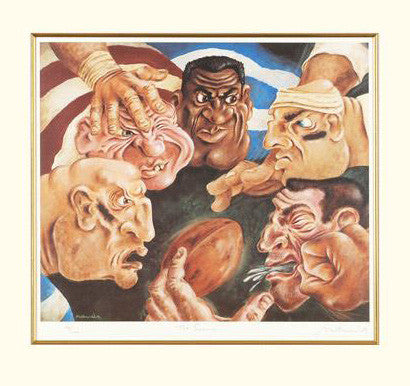
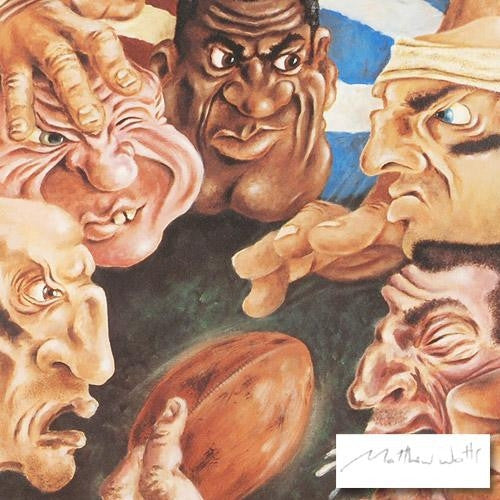 Vendor:The Scrum - Limited Edition Giclée on Paper by Matthew WattsArt Deals
Vendor:The Scrum - Limited Edition Giclée on Paper by Matthew WattsArt Deals

